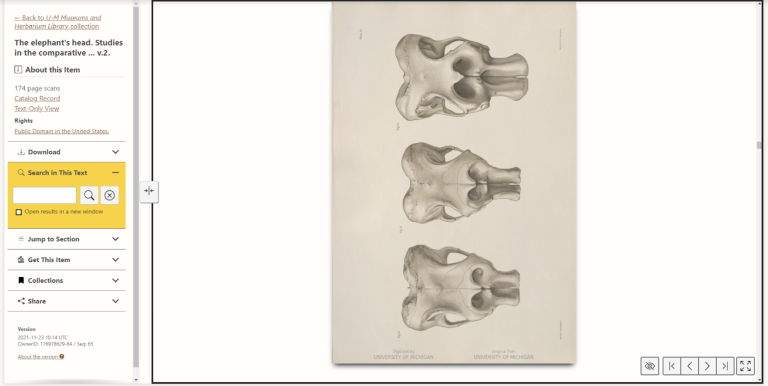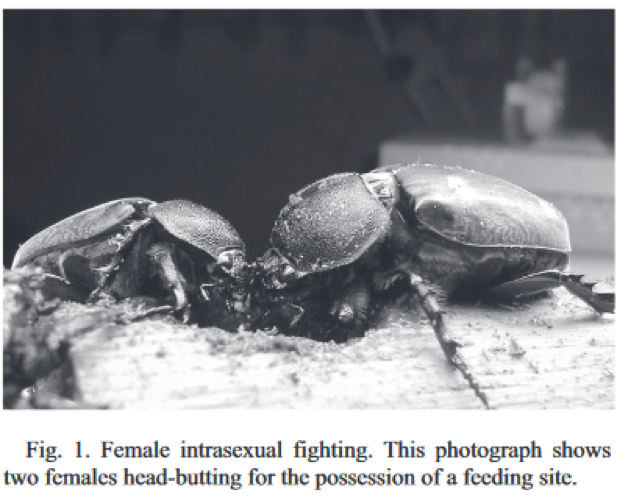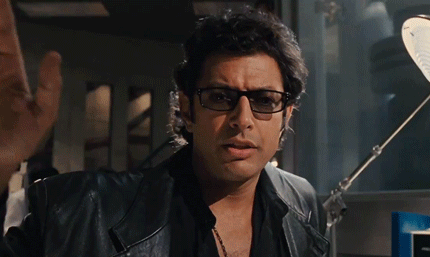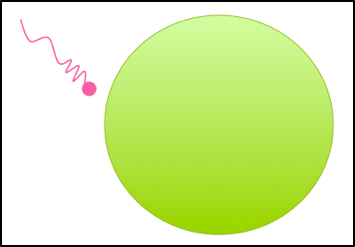Hi all! It’s been a little while since my last posting, but I hope to make this a regular thing again in the coming months. To celebrate my return with a bang, it’s my pleasure to unveil the results of a project that I’ve been working on for some time with my Library colleagues, Lara…
Tag: biology
After slogging through 5 exams, each two weeks apart, how did Intro Bio students feel about frequent exams?
From Dynamic Ecology by Meghan Duffy, a University of Michigan ecologist and professor in the Department of Ecology and Evolutionary Biology When thinking about how to adjust Intro Bio for the realities of Fall 2020 teaching, we made a few changes to the course. One major change is that the class is now fully flipped…
Sex in nature – when weird is normal
The ninth in a series from the blog Gender and Sexuality in Nature, a 2016 UC Davis course organized by UM EEB alumnus Ash Zemenick (UM EEB B.S. 2011, Ph.D. UC Davis 2017) and Jacob Moore (B.S. University of Washington 2009, Ph.D. UC Davis 2017). So far in this blog, we’ve covered a lot of…
Homosexuality in nature
The eighth in a series from the blog Gender and Sexuality in Nature, a 2016 UC Davis course organized by UM EEB alumnus Ash Zemenick (UM EEB B.S. 2011, Ph.D. UC Davis 2017) and Jacob Moore (B.S. University of Washington 2009, Ph.D. UC Davis 2017). Have you ever wondered if, how, or why animals engage…
Sequential hermaphroditism (or why to be wary of frog DNA)
The sixth in a series from the blog Gender and Sexuality in Nature, a 2016 UC Davis course organized by UM EEB alumnus Ash Zemenick (UM EEB B.S. 2011, Ph.D. UC Davis 2017) and Jacob Moore (B.S. University of Washington 2009, Ph.D. UC Davis 2017). Last week, we discussed one type of hermaphroditism: simultaneous (also…
Simultaneous hermaphroditism
The fifth in a series from the blog Gender and Sexuality in Nature, a 2016 UC Davis course organized by UM EEB alumnus Ash Zemenick (UM EEB B.S. 2011, Ph.D. UC Davis 2017) and Jacob Moore (B.S. University of Washington 2009, Ph.D. UC Davis 2017). As an evolutionary biologist and an invertebrate zoologist, I’ve long…
Anisogamy – it matters
The fourth in a series from the blog Gender and Sexuality in Nature, a 2016 UC Davis course organized by UM EEB alumnus Ash Zemenick (UM EEB B.S. 2011, Ph.D. UC Davis 2017) and Jacob Moore (B.S. University of Washington 2009, Ph.D. UC Davis 2017). In species where anisogamy occurs, the sexes are defined by…
Why are sperm so small? Or, how did anisogamy evolve?
The third in a series from the blog Gender and Sexuality in Nature, a 2016 UC Davis course organized by UM EEB alumnus Ash Zemenick (UM EEB B.S. 2011, Ph.D. UC Davis 2017) and Jacob Moore (B.S. University of Washington 2009, Ph.D. UC Davis 2017). During the first week of this course, I jumped at…






